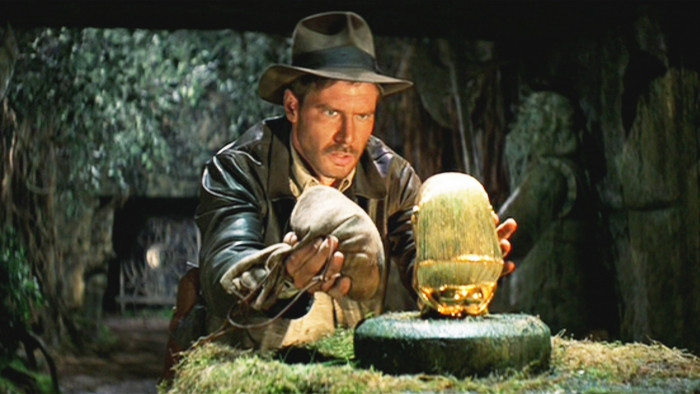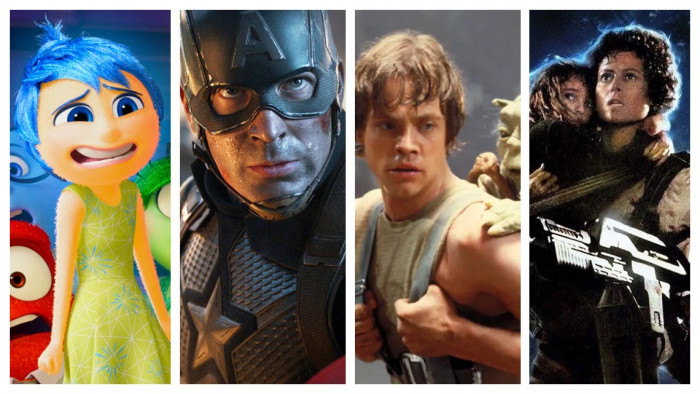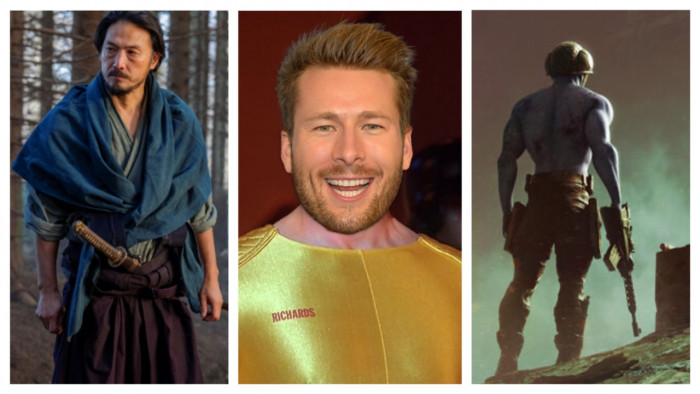Martin Scorsese is not a name you’d associate with 3D family films. But, as he tells Andrew Dickens, he’s been waiting his whole career to make one.
They say you can’t teach old dogs new tricks, but then you don’t want to call Martin Scorsese an old dog. He knows people. He’s also a man who likes new challenges. You’d forgive him for sticking to a winning formula — after all, he’s come up with a few. Yet throughout 43 years of making benchmark films, he’s continued to add feathers to his cinematic cap.
His latest film, Hugo, based on Brian Selznick’s 2007 novel The Invention Of Hugo Cabret, is a beautifully-shot Thirties tale of an orphan boy living in the old Gare Montparnasse station in Paris. It’s not only his first family film, but also one made in the much-maligned 3D format. It was a risk, even for the 69-year-old director, but one he had personal reasons for taking…
Why did you make Hugo?
It was the isolation of the boy — living behind the walls of the station, on the edges of the world around him and observing everyone — and because the whole story is resolved through a motion-picture machine, a projector. When I was a kid, a family friend screened some black and white cartoons for us. I was fascinated. I could see the projector, I could see the beam of light, I could even see the image moving in the gate. Pretty much all of my life at that time, because of asthma, I was isolated, so this became my world. It’s not bad — it just made me perceive things differently.
Nothing to do with having a 12-year-old daughter?
Four years ago I said, “Look, make a picture that your kid can see for once! [Laughs] The kid keeps asking.” At one point she actually said, “You should find out what people like, make a film like that, and then everyone will see it.” I said, “Yeah, I’ve never thought of that, you’re right!” [Laughs]
Were you nervous about using 3D?
No, I was very excited. The only great concern was how to try to deal with 3D in narrative. How do you utilise depth? I know some people that can’t see depth, but I can and I’ve always liked it. As I talk to you now, I look out the window and I can see another building, I see some trees, I see a statue across the way, and I can see them in depth. It communicates something else entirely. I also like the movement in depth. I like it very much. It’s just my energy — that’s what I feel.
Are you constantly trying new tricks because you’re worried about being considered old-fashioned?
No, I don’t think so. Just the opportunity arose and, quite honestly, I’ve always loved 3D, going back to stereoscopic images — devices used in the Victorian period. When 3D was first used in my time, in 1953, I was so excited by it.
So you’ve been waiting a long time to do this…
Oh yeah. Though I never thought that I would until we decided to make this picture. I was talking to Elia Suleiman, the great Palestinian filmmaker. I said that I was very excited about the use of 3D. He pointed out that, if you do use 3D, it has to be there in the script. With Hugo, I felt that it was.
Do you have golden rules that apply to whatever you’re working on?
It’s really in selecting the film: the characters, what they do and, in many of my films, how they trip themselves up. It has a lot to do with over-confidence and pride, and a lot to do with betrayal of trust. Those are the stories I seem to be drawn to. You place them in certain worlds, whether it’s Las Vegas in the Seventies or Jerusalem in the first century, but it’s a universal story.
You’re clearly no fan of sequels — do you like to do something and then move on?
Yes, I think so. I’m at a certain point now. I’m much older, and there’s only a certain amount of time left, if there’s any at all, so one has to be very careful about how you feel about making the next film. Is this the way to spend your time? Whatever time is left.
The film does touch on the notion of legacy. Are you conscious of your own?
I guess I am, but I don’t know if there is any. Maybe a part of me wants there to be, if I’m being brutally honest, but the reality is it’s a different experience now, cinema. Young people perceive the world and information in a completely different way to when I was growing up. So what I did in the past, I don’t know how they’ll see that in the future and if it will mean anything to them.
You honestly feel that?
I hope the scripts for Taxi Driver, or Mean Streets, or Raging Bull, or any of these things, will have some resonance in the future for other people, if they see them at all. Things fall out of favour, out of fashion. I have no idea. All I can do is hope to get to make another one.
Do you think you will ever retire?
I don’t think so.
Will you go back and direct more of Boardwalk Empire?
I’d like to. The reason why I haven’t [after directing the pilot] is because I’ve been away a long time. The characters have developed a certain way, and everyone on the set has their working relationship.
Could you see yourself working with Robert De Niro again?
Yes. Bob and I have a project that we hope to get done in the next year or two. We hope. And again, it’s my genre — looking back at the underworld — but from the vantage point of older men. It’s a nice story. I say nice… [Laughs] It’s tough.
Have you changed with age? Do you find it harder to film violence?
Yes, no doubt. The last statement I wanted to make was at the end of Casino in the cornfield [when the Santoro brothers are buried alive]. I felt that that was the final proof of what that world is, that ultimately violence is part of the world, part of who we are as human beings.
Which films do you look back on most fondly?
I naturally have a closeness to Mean Streets. That was something that was very exciting for me. And the documentary that I made with my mother and father, Italian-American. With films and life, while the film’s being made it’s all mixed together. So if the lifestyle at the time wasn’t a particularly happy memory, I tend not to go back there.
Are you ever completely satisfied with a film?
I don’t think so. I certainly have the sensation of having finished a film. Like deciding I don’t want to do any more on it.
Do you think you could still make a film for $1m?
Yes. It’s not going to be Gangs Of New York. It depends on the scale of the picture. If I can visualise it and the script is strong enough and I have the co-operation of the crew and the actors, I could shoot for a million dollars. Twenty days. Why not try?
Hugo 3D is at cinemas nationwide from 2 December.
Image: Getty/Wire Image
Latest
Related Reviews and Shortlists


The 10 best war movies of the 21st century









